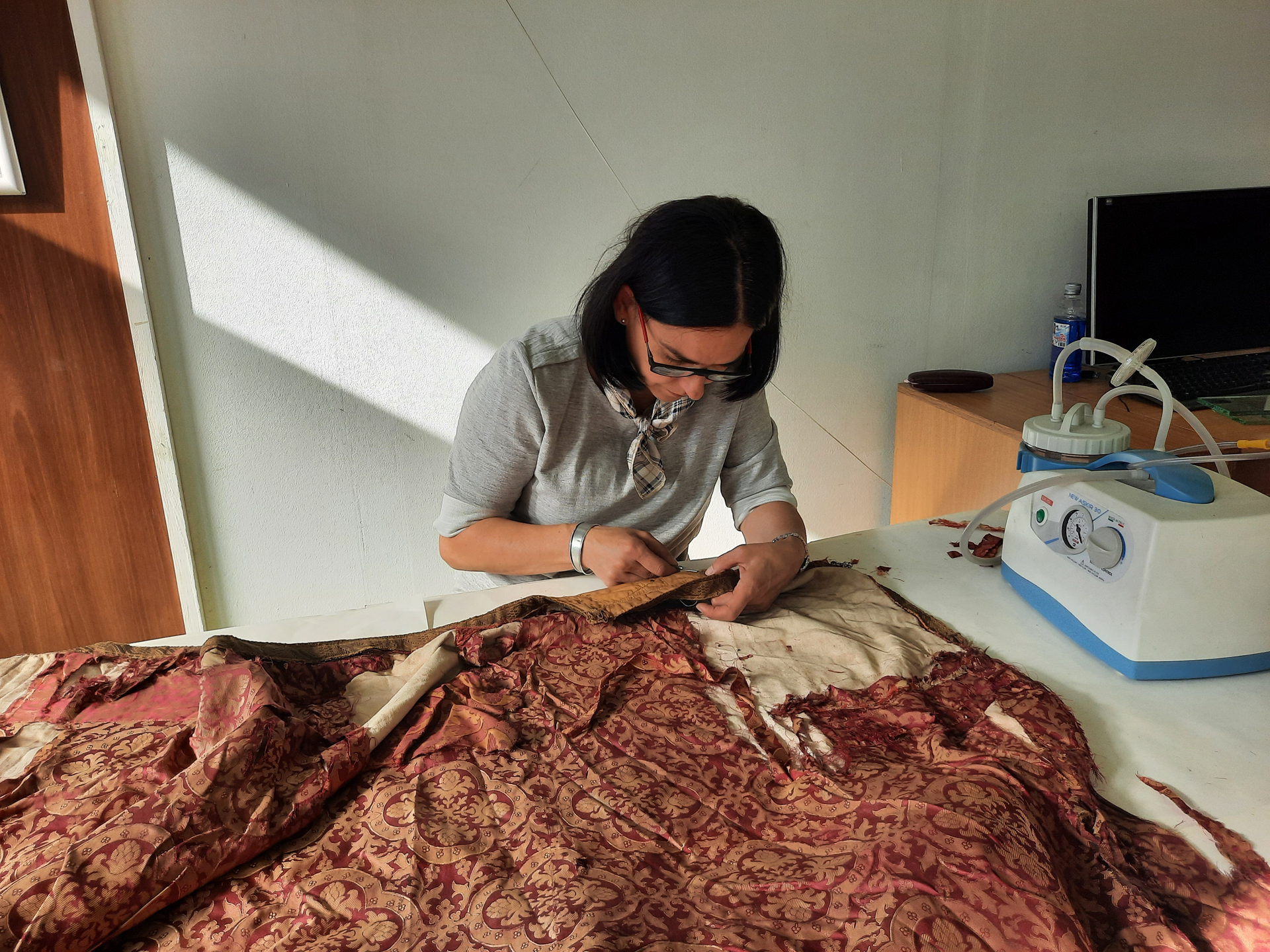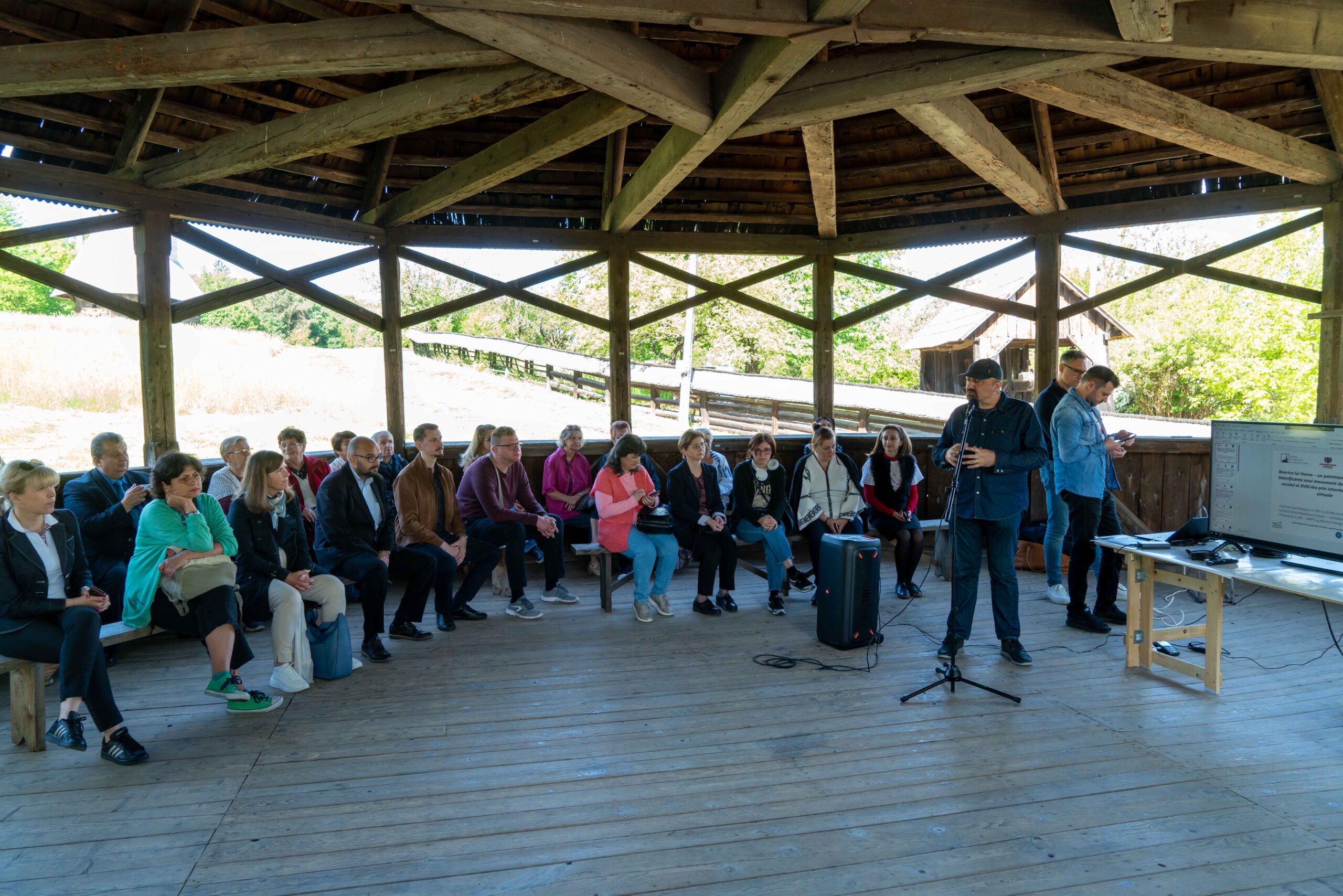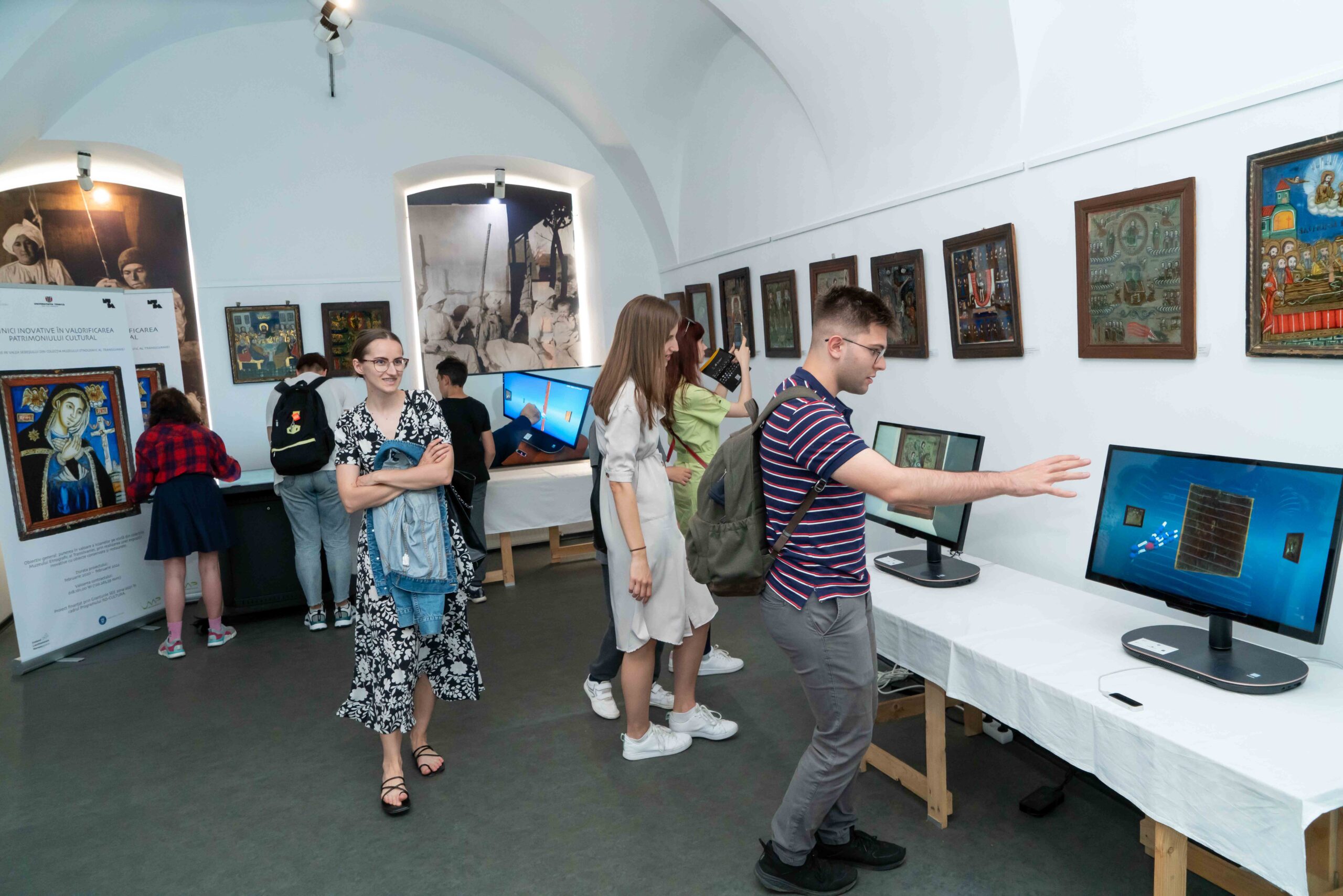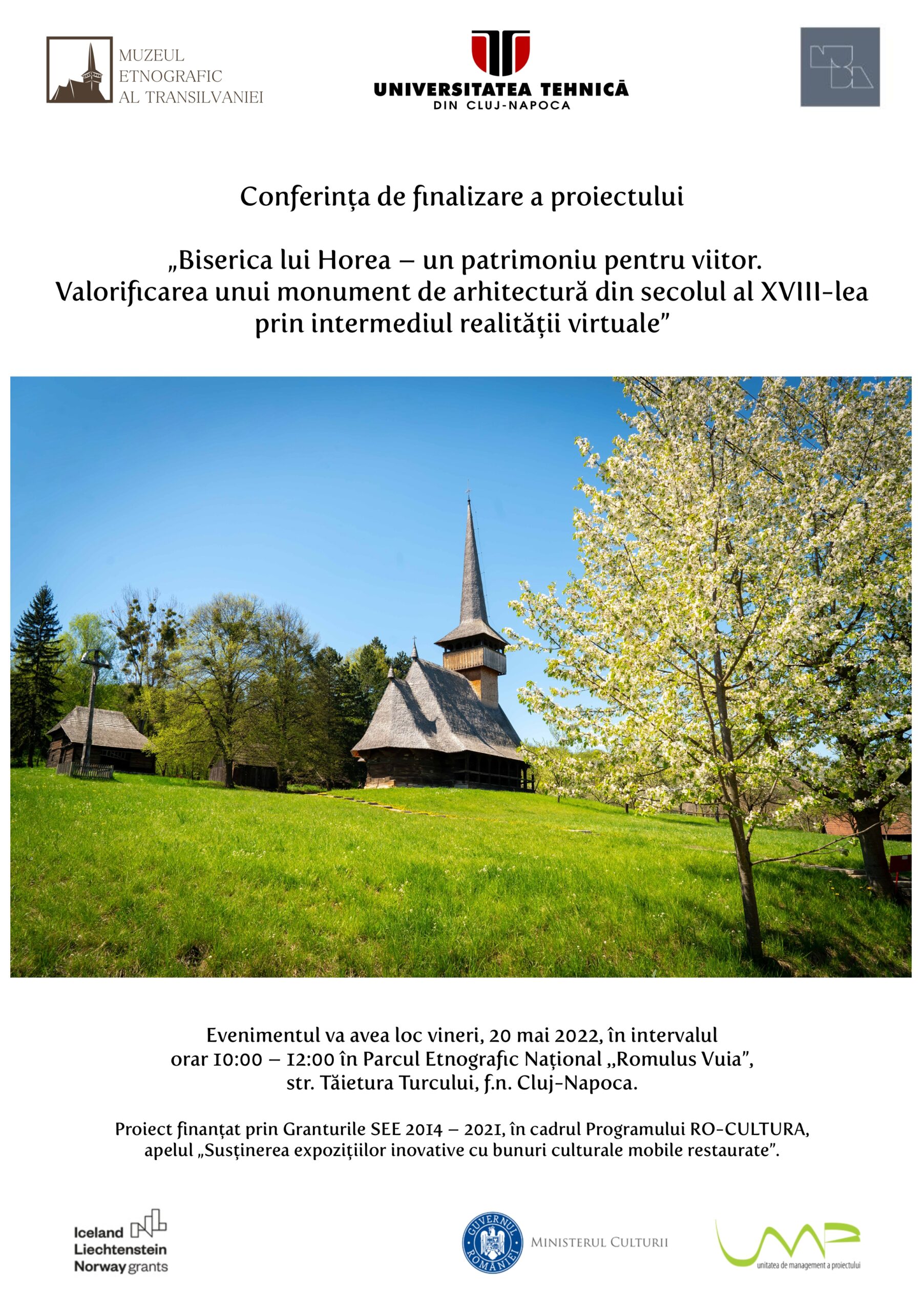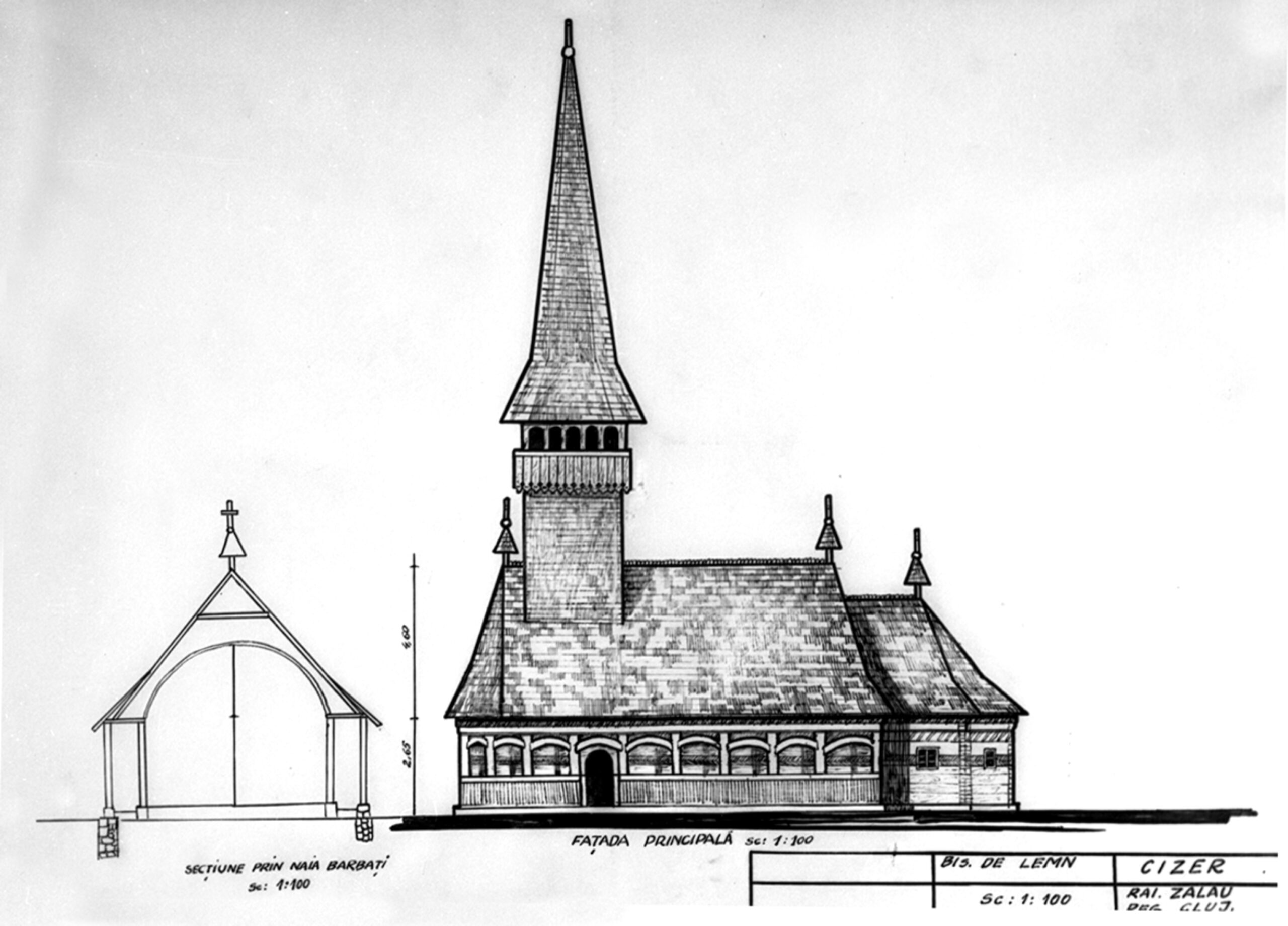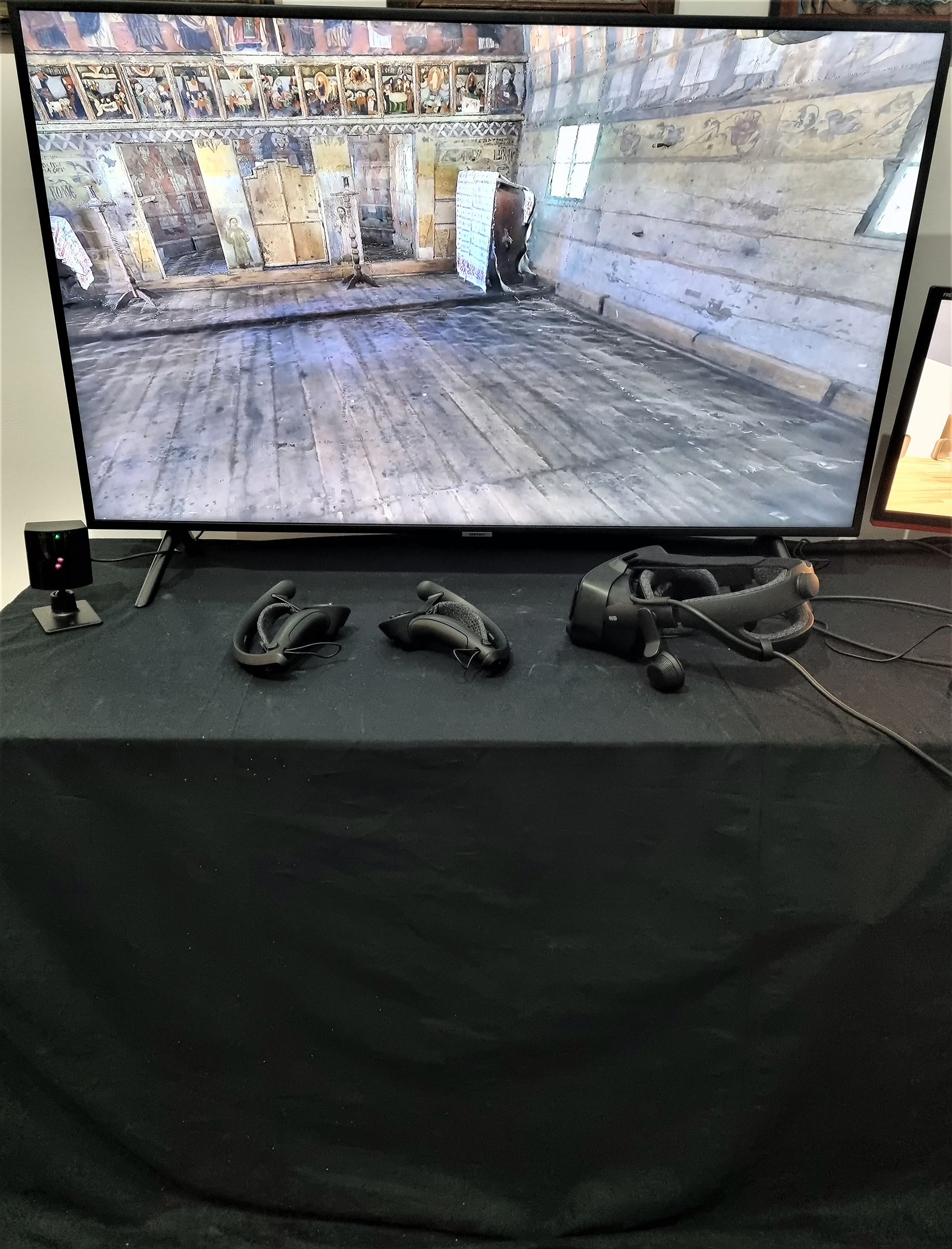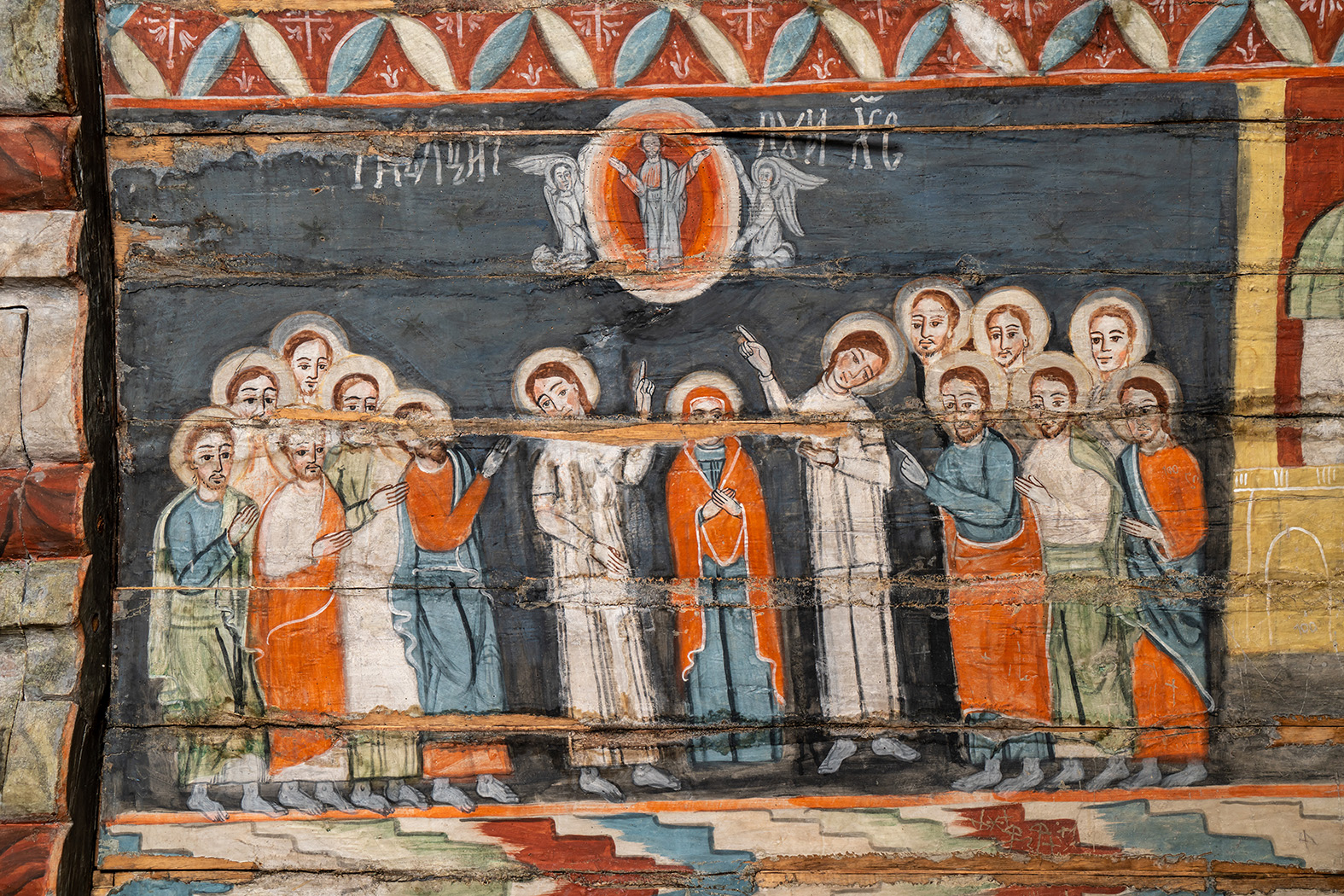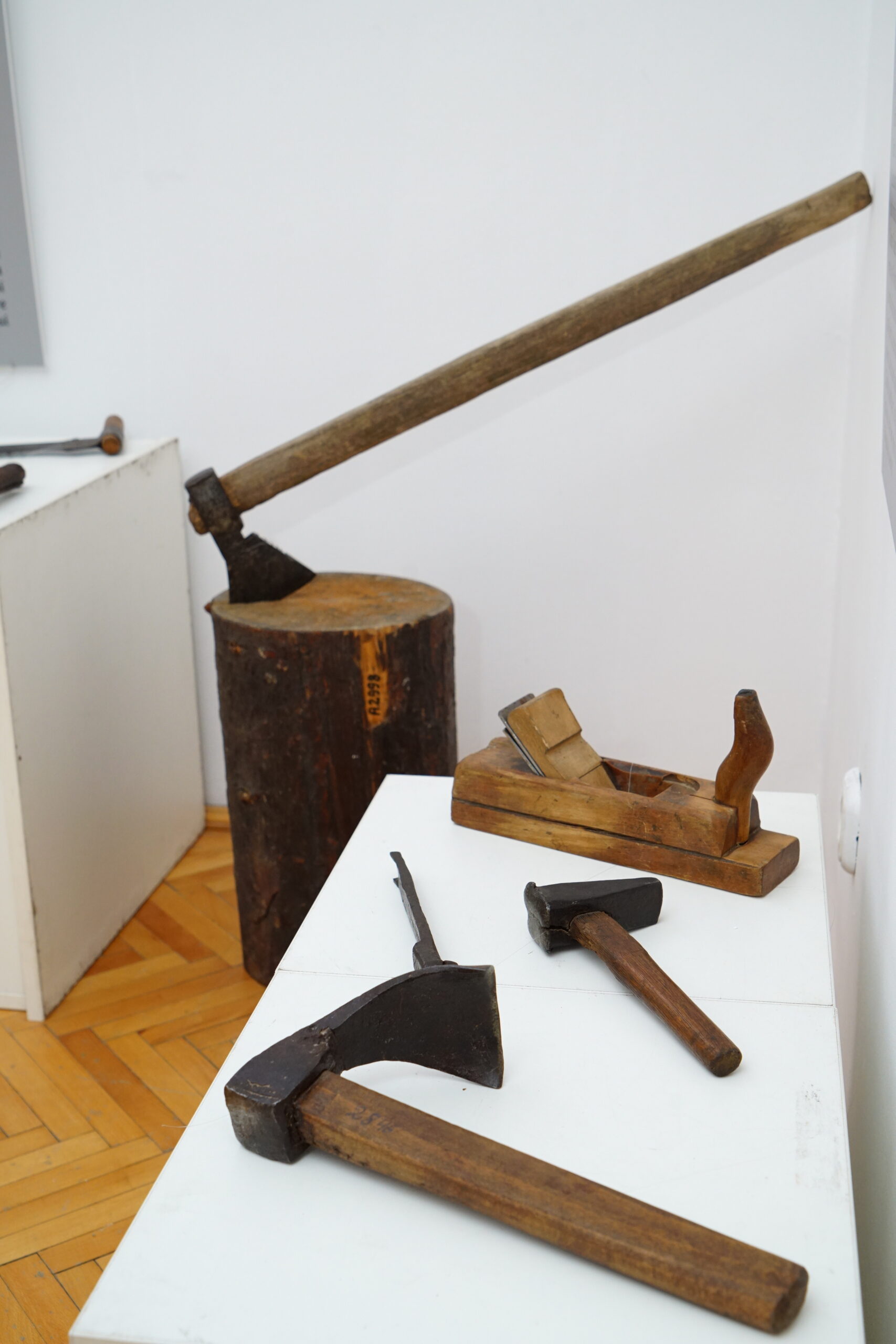Museum research and restoration of a felon from the MET heritage, belonging to the Church of Cizer
In 1966, more than 50 objects (vestments, crosses, icons on glass and paper, various liturgical objects etc.) were donated to the Transylvanian Museum of Ethnography by the Diocese of Vad, Feleac and Cluj, these cultural goods being exhibited in the wooden churches within the Museum’s outdoor section.
You can read HERE a case study made by Dr. Laura Troșan and Daniela Șerdan-Orga, within the project “The Church of Horea – a heritage for the future. The valorization of an architectural monument from the 18th century through virtual reality”, financed by SEE grants 2014-2021 within the RO-CULTURE program.
